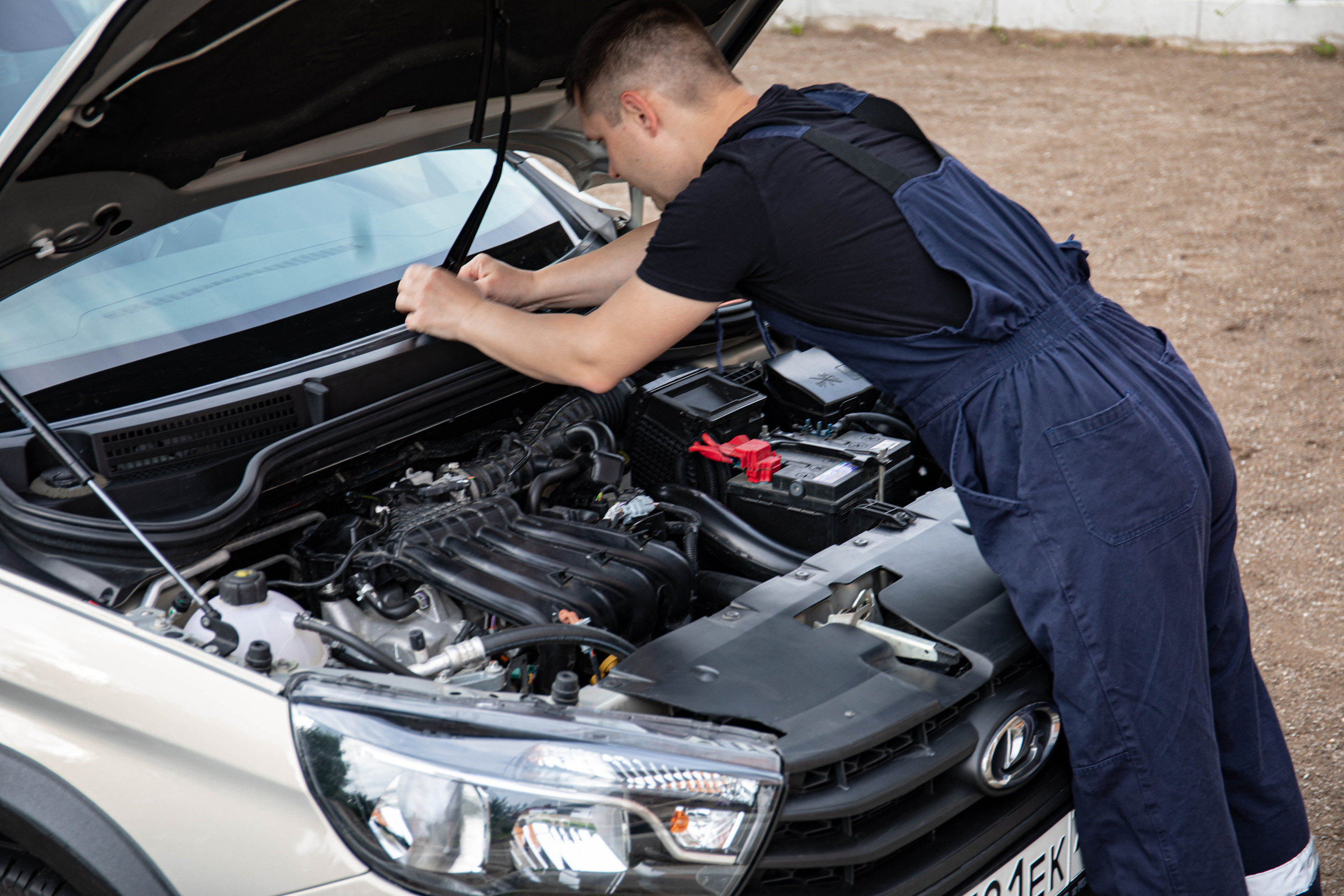
All You Need To Know About Dampers
Hidden and often overlooked, dampers are the most important components of your car’s off-road and on-road capabilities. They are actually so important to the performance of your car that racing teams from all around the world spend countless hours and resources fine-tuning them.
But you might be wondering, what are dampers? How do they work? What do they do? And why are they important? In this post, we will be answering these and more questions and more.
Let’s start by explaining what a damper is. A damper is basically a long metallic cylinder that is sealed at both ends, with a piston protruding from one end. They are a key component of the suspension system, with one damper connected to each wheel. This cylinder usually contains hydraulic fluid. It’s worth pointing out that there are different kinds of dampers, but they are all designed to do the same job.
What Do They Do?
Let’s start with one thing they don’t do. Dampers don’t support the weight of the car. Instead, this is the job of the springs, which are another key component of the suspension system. The work of the dampers is to control the bouncing movement of the springs, usually by providing resistance to make sure that tyres stay in contact with the road.
Think of it this way – if you bounce a ball and catch it, you are in control of the bounce. If you don’t catch the ball, it continues to bounce with every bounce getting progressively smaller until the ball stops completely. A car without dampers would theoretically behave the same way. When you hit a bump, the car would bounce up and down continuously until it settles in a normal state.
Dampers, just as throwing and catching the ball, essentially control the bounce.
Dampers essentially have two main roles. Aside from controlling the movement of the suspension and the springs, dampers help to always keep the tyres in contact with the ground. This is because whenever a tyre loses contact with the ground, the driver’s ability to drive, brake, and steer is compromised. The Land Rover show is one of the biggest car shows of the year from where you can buy parts and accessories.
If the springs are left to bounce uncontrollably, the vehicle will simply wallow about, and the ride quality will cause the occupants to feel sick after some time.
How Do They Work?
The damper’s sealed cylinder contains hydraulic fluid and valve passages. When the suspension travels up and down, the piston will move inside the cylinder. As this happens, the flow of the fluid is slowed down by the valve passages, which consequently control the speed of the piston’s movement along with the movement of the suspension. Dampers will automatically adjust to suit the road conditions, and in general, the faster the movement of the suspension, the more resistance the dampers will produce.
Why are They so Important?
Dampers have a vital role when it comes to the handling and ride quality of the vehicle. Besides giving you a comfortable ride, dampers also help with the management of a car’s handling, stability, traction, cornering, stopping distance, braking, and overall safety.
Unfortunately, dampers are still some of the most overlooked maintenance items on a vehicle. Unlike a blown headlight or a flat tyre that will be identified promptly, the performance of dampers will deteriorate gradually, and the driver will simply adjust their driving style to compensate.
How to Tell When Dampers Need Replacing
As the car is moving, the dampers will be constantly working, meaning they’ll wear out gradually. But there are some warning signs to tell when dampers need replacing.
Swerving or nose diving when braking hard is an indication of worn dampers as they can no longer handle the weight transfer of the car, and the piston in the damper compresses too rapidly.
When you hit a bump, the car should rise back to its default position and settle after not more than one or two rebounds.

